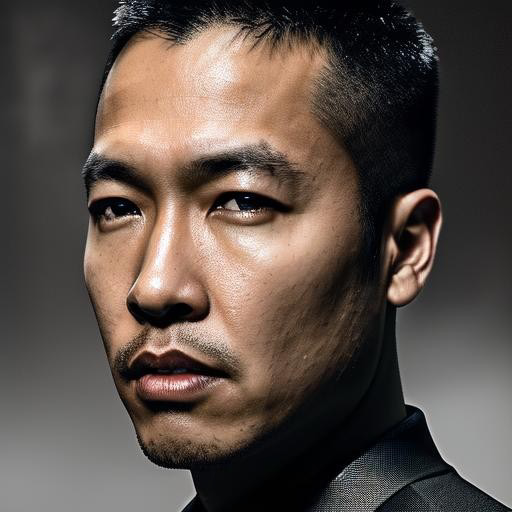The concept of failure has been frequently misunderstood and feared by many. It often carries with it a negative connotation, suggesting defeat, loss, or setback. However, we often neglect an essential facet of failure—the transformative potential it holds and the insight it can provide into personal growth and learning. This unconventional view is adeptly elucidated in the forthcoming book by Di Tran, titled “Drop the FEAR and Focus on the FAITH”.
Di Tran’s book provides an eye-opening perspective, shifting the common narrative surrounding failure. He advocates the profound idea that “failure is the greatest thing on earth”. If you comprehend that you can no longer fail, it signals that you may be stagnating, devoid of novel things to undertake or learn. This realization indicates that you are standing still, suggesting an absence of personal and professional growth. If one persists in doing identical things over the years and continues to face failure, it conveys that they are not investing adequately in their life’s enhancement, thereby metaphorically stepping backward.

However, embracing this perspective is not as simple as comprehending it. The ability to truly understand and apply this concept is an arduous task that requires an open mind. Tran believes that it demands personal life experiences to foster this level of awareness. It necessitates daily actions and constant dedication to hone and sustain this understanding.
This fresh perspective invites us to rethink our attitudes towards achieving our goals. Tran contends that the destination or the end goal is not as important as the journey to reach it. It’s about the experiences gained, the mental fortitude developed, and the knowledge accumulated on the path to the destination. The destination is simply a point in space; the journey is where real growth and learning take place. By focusing solely on the endpoint, one may overlook the valuable lessons and insights gleaned from the journey.
It is this journey that tests our character, shapes our personalities, and most importantly, presents us with numerous opportunities for failure. And it is these failures that teach us the most about ourselves. They provide a chance for introspection, to identify our weaknesses, and to improve. Failure, then, is not something to be feared but to be embraced, as it is an essential part of our journey towards growth and self-discovery.
For Tran, failure should not be associated with fear; instead, it should be linked with faith. It’s about having the belief that failure is not the end, but the beginning of a new learning process. It’s about understanding that every time we fail, we are provided with another opportunity to grow, to learn, and to improve ourselves.
Di Tran’s revolutionary take on failure as a pathway to success is a timely reminder of the importance of resilience, courage, and an open mindset. It serves as a guide for those seeking to embrace failure, learn from their experiences, and use these as stepping stones towards personal growth and success. By dropping the fear and focusing on faith, we can make the most of our failures and turn them into our most significant achievements.
“Drop the FEAR and Focus on the FAITH” promises to be an insightful guide that propels readers towards a transformative journey of embracing failure and unlocking their true potential. The key takeaway is that failure, contrary to its conventional negative perception, is indeed the greatest thing on earth when harnessed correctly. It is the forerunner of growth, the catalyst for learning, and the bridge that connects us with our true selves.



